Table of Contents
ToggleHow to Reduce Muscle Soreness?
Suffering from muscle soreness? Trying to find a solution which works like wonders? Then you have clicked the right article! Though there are many solutions to muscle soreness/DOMS(Delayed Onset Muscle Soreness) but this blog will not only give you the most scientifically proven and effective ones but will also discuss which of the solutions works and which does not and have been proven false by the scientific studies.
So, let’s jump right into the solutions and discuss them one by one! But if you want to know more about muscle soreness in depth, then this blog will be extremely helpful and informative Muscle Soreness: Brief, Theories and Myths.
Different Ways to Reduce Muscle Soreness
(1) Foam Rolling

Foam rolling is a Self-Myofascial Release(SMR) technique, which means a technique of self-massaging the muscles with a tool which in this case is a foam roller, to relieve muscle tightness and soreness, improve flexibility and boost movement efficiency. It is often used as a pre-workout warmup as well as a cool down in the post-workout phase. It is one of the scientifically proven and incredible ways of reducing DOMS. Some of the research is given below which will really amaze you:
1) A study published in April, 2019 in the journal, Frontiers in Physiology(Front Physiol) conducted a meta-analysis of the effects of foam rolling on sprint, jump, strength performance, flexibility and muscle soreness and found an increase in the sprint performance, strength performance and flexibility due to pre-workout foam rolling.
It also showed it is much more effective than roller massage bars/sticks. The recovery rate of the performance measures of speed and strength with post-rolling were significant.
2) Another study published in the Journal of Athletic Training(JAT) conclusively proved a significant reduction in DOMS due to foam rolling, in most dynamic performance measures.
(2) Massage

The bio-mechanics of massage is very similar to that of foam rolling. World over a massive amount of studies have been conducted and proved that massage also significantly reduces muscle soreness. Some of the studies which are in favor of this method are:
1) A study published in September 2017 in the journal, Frontiers in Physiology(Front Physiol) conducted a meta-analysis of 23 data points which included 504 participants and stated that the participants who received massage intervention experienced a huge reduction in muscle soreness.
2) One more study published in the Journal of Athletic Training(JAT) explicitly proved that massaging immensely helps in reducing DOMS.
(3) Ice Bath
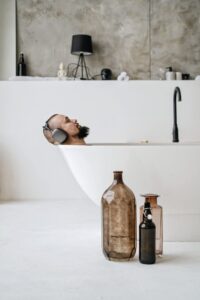
This method is the one which you may have often noticed been performed by a lot of athletes and they literally love to do it post-workout. Taking cold showers or getting into a bathtub full of icy water, also known as Cold Water Immersion(CWI) or Cryotherapy. But just because something is done by a lot of people doesn’t make it right. Although this is the most done therapy for DOMS, the studies are really conflicting and some have shown negligible or minimal effect and which is why it is difficult to find out any conclusive opinion.
Also factors like temperature of the water, duration of CWI and how long after workout one should get the cold shower, varies the results which makes it even more confusing and less reliable. Let’s have a glance at a few of the studies:
1) A study published in the journal, Physical Therapy in Sport showed that 10 minutes of CWI in 6° was associated with the lowest levels of muscle soreness and pain on stretch however the effect did not statistically differ to any other group who were going through different temperatures.
2) Another study published in Frontiers in Physiology(Front Physiol) conducted a meta-analysis that revealed that different CWI sites and water temperatures had no effect on post-exercise fatigue recovery but the recommended athletes who went through CWI immediately after exercise experienced effective reduction in muscle soreness and accelerate fatigue recovery.
[CONCLUSION:-In a nut shell, CWI has almost zero effect on muscle soreness but its other benefits like boosting the immune system, fat reducing and therapeutic properties still makes it worth-doing and beneficial in every sense.]
(4) Supplements to Reduce Muscle Soreness

1. Citrulline Malate
This supplement is proven by multiple studies to be effective for reducing muscle soreness immensely.
1) A study published in the Journal of Sport and Health Science on February 2020, conducted a meta-analysis including 13 eligible articles and 206 participants that proved citrulline supplementation drastically reduced RPE(Rate of Perceived Exertion) and muscle soreness 24-h and 48-h after workout. However, it showed no significant reduction in muscle soreness 72-h post exercise. The most frequent dosage used was 8g of citrulline malate.
2) Also another study published in October 2017 in the journal, Nutrients showed that the supplementation of 6g of Citrulline Malate dissolved in 200ml of water reduced DOMS 24-h, 48-h and 72-h immensely.
[NOTE:-Watermelon juice is also recommended for DOMS as it is a natural and rich source of Citrulline. 6 Amazing Benefits of Watermelon]
2. Glutamine
This is also another supplement which few studies have proven to be beneficial for reducing DOMS however the studies are not so conclusive and more research is required.
1) A study mentioned in the International Journal of Sport Nutrition and Exercise Metabolism(IJSNEM) revealed that the supplementation of L-glutamine resulted in faster recovery or peak torque and reduced muscle soreness following eccentric exercise.
2) Another study in the Journal of Exercise Science and Fitness showed a therapeutic intervention of glutamine supplementation was effective in attenuating muscle soreness and strength loss following eccentric exercise-induced muscle damage.
[NOTE:-These researches are limited and not exclusively conducted, so suggestions of glutamine for muscle soreness may not be effective.]
3. BCAA(Branched Chain Amino Acids)
BCAA also has been shown to reduce muscle soreness but just like glutamine it is not exclusively proven and more research is required in order to come to any right conclusion.
1) A research in Amino Acids journal showed that the supplementation of BCAA reduced muscle soreness.
[IMPORTANT POINT:-Out of the three above mentioned supplements, the best one is definitely Citrulline Malate as the studies conducted all over the globe have been in favor of this supplement. The problem with the other two supplements is that the researches are not that much conclusive and actually are conflicting.
Also the biggest issue with glutamine and BCAA supplement is that they only show effects if taken in higher dosages like 250mg/kg/day or higher which is illogical and impractical to do.]
(5) Herbs and Spices
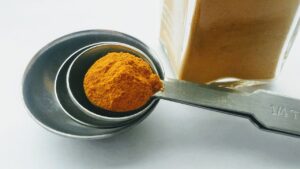
1. Caffeine
Caffeine or coffee can also be extremely effective in reducing muscle soreness and the scientific research across the globe has proven it extensively. Top 10 Evidence-Based Benefits of Coffee
A research published in the Journal of Strength and conditioning, Journal of Applied Physiology, Journal of Sports Medicine and Physical Fitness and so on proved that sustained caffeine ingestion attenuated DOMS immensely. The average intake of caffeine was 5g-6g/kg of the bodyweight per day.
2. Turmeric
Turmeric or curcumin has been used for ages in the Ancient Indian Medicine System and drinking “Haldi/Turmeric Milk” is still a tradition which a lot of households follow. Though the studies are conflicting to prove its effectiveness in reducing the muscle soreness and more research is required to make a conclusive result.
A research published in September 2020 in the journal, Physical Activity and Nutrition that reported several studies have shown reduction in muscle soreness due to curcumin supplementation while others reported no effect.
The average dosage was 150-1500mg daily and even sometime up to 5g daily, divided into 2-3 portions which was taken before and after exercise.
3. Saffron
A research held in the Clinical Journal of Sport Medicine surprisingly indicated that a 10-day supplementation of saffron attenuated the effect of DOMS significantly.
(6) Stretching

You will see many bodybuilders and sportspersons doing static stretches after the workout or training session thinking that this will reduce the pain and muscle soreness caused due to the intense training session. But in reality the majority of the studies have explicitly proven that stretching, whether done dynamically or statically post-workout, is futile in attenuating soreness and produces minimal/no effect.
A research conducted in the Journal of Athletic Training showed that the individuals tested experienced a reduction in soreness of less than 2-mm on a scale of 100-mm during the 72 hours after workout, which is extremely low.
Takeaway
So in a nut shell, there are many ways to reduce DOMS but only few of them really work and the rest, either have minimal/negligible effect or need more research on it to be considered as an effective remedy.


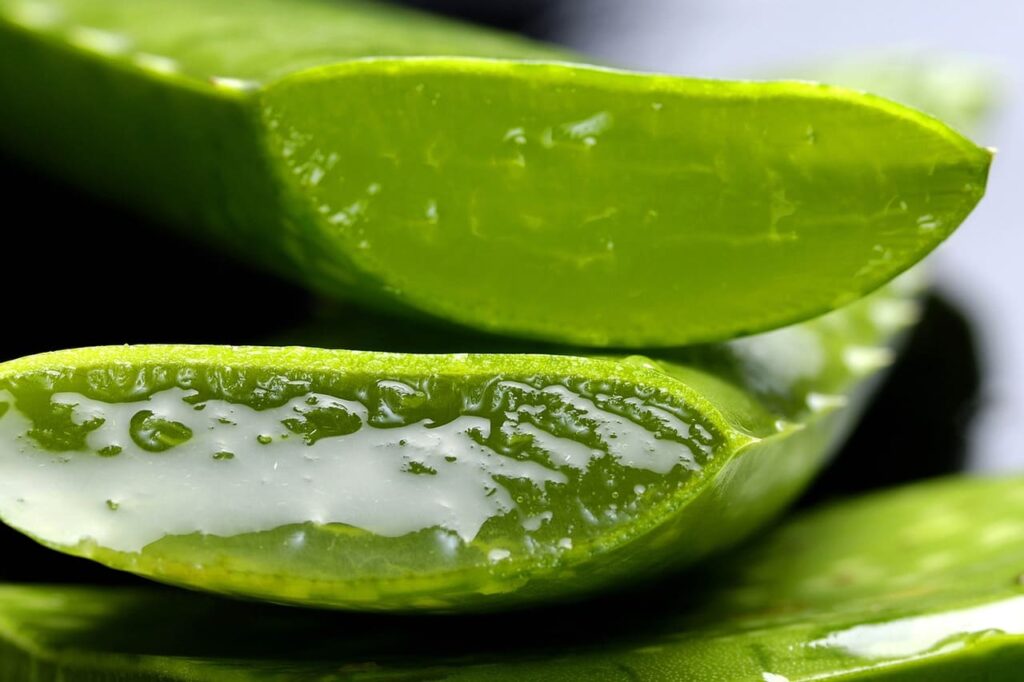
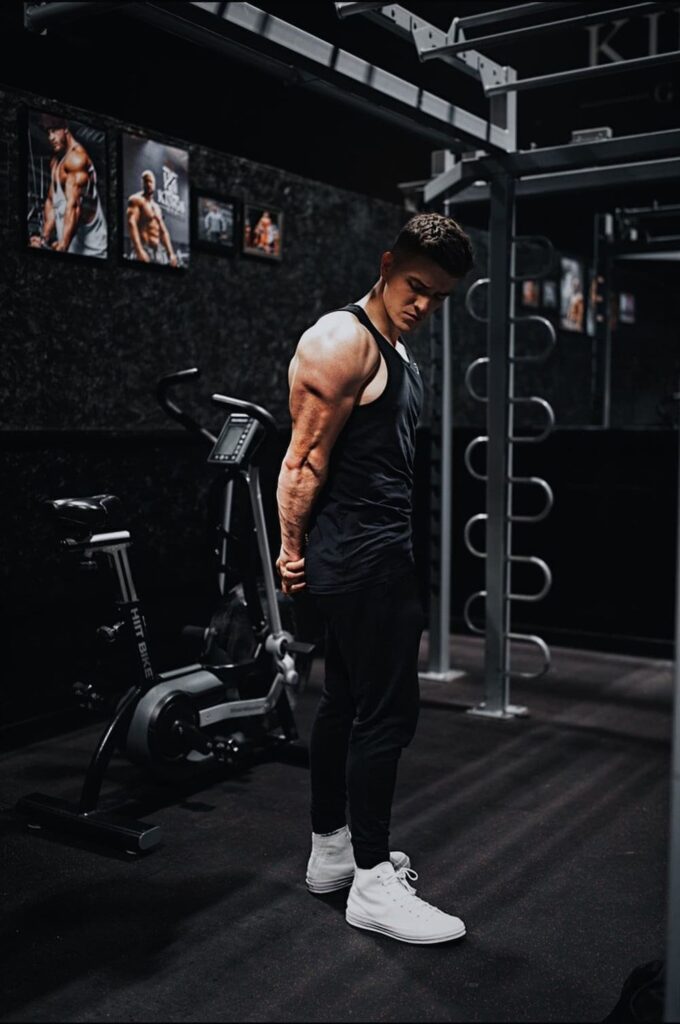
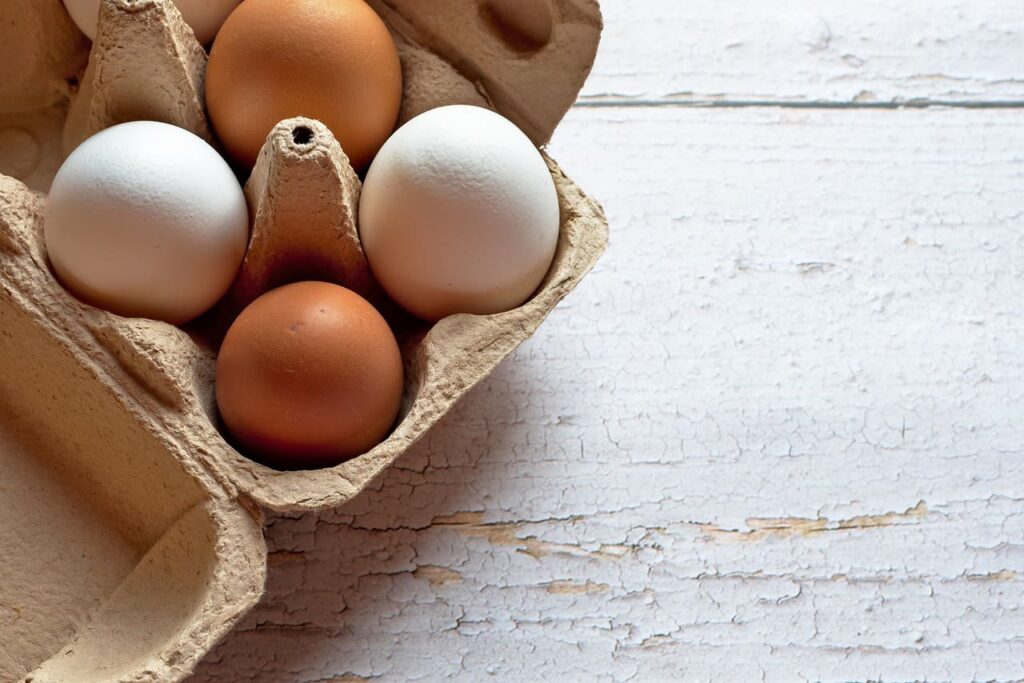

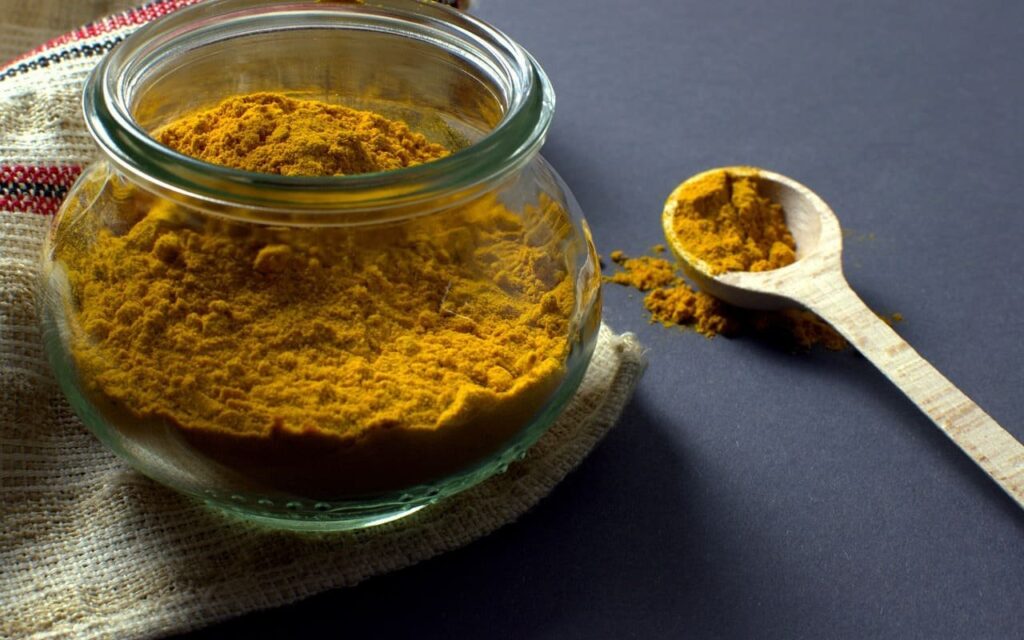
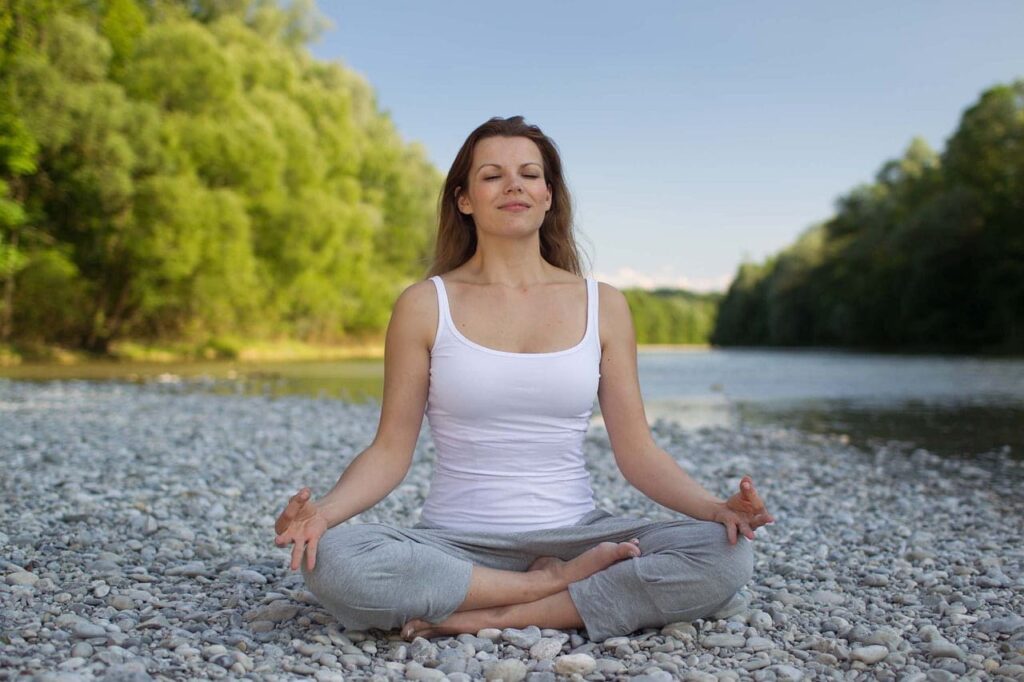
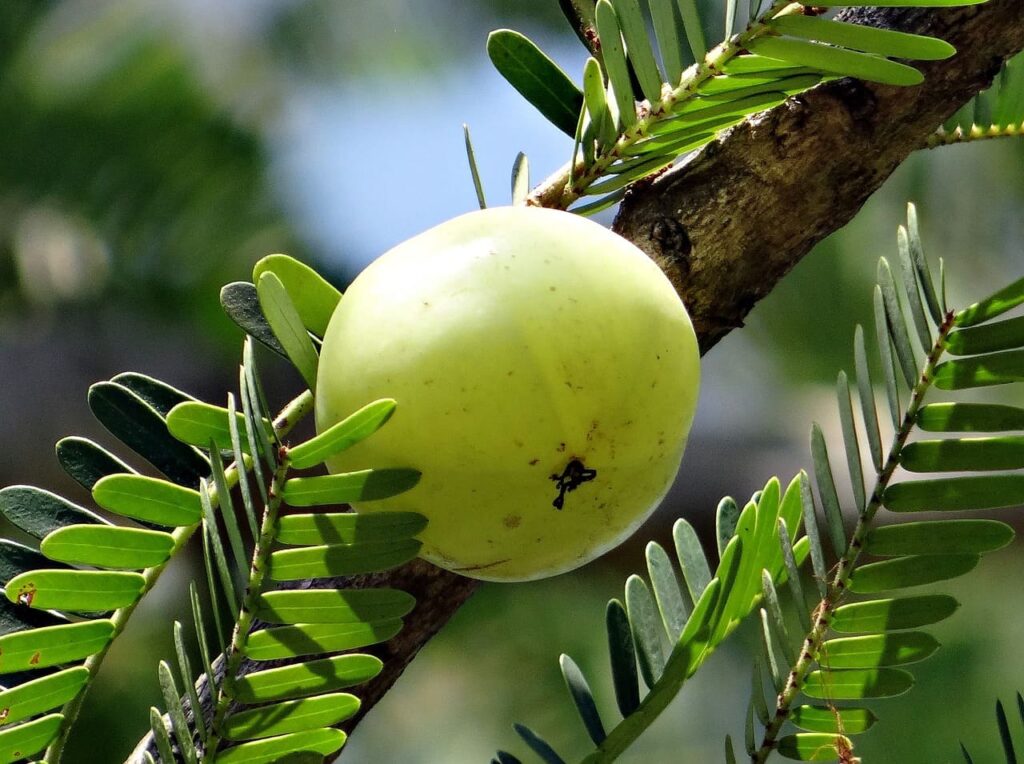
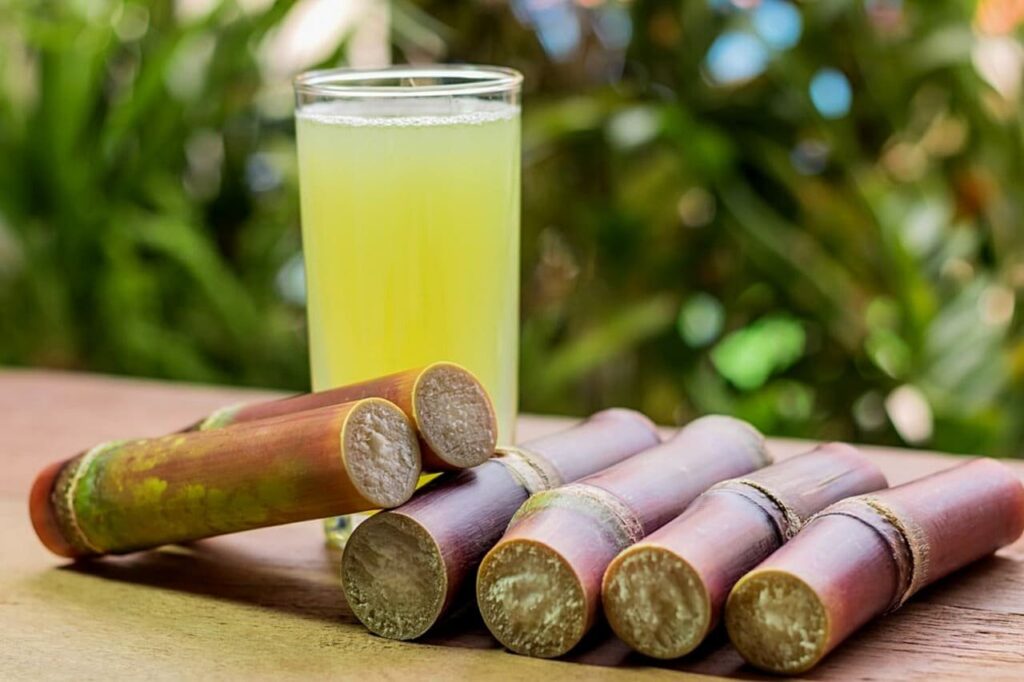
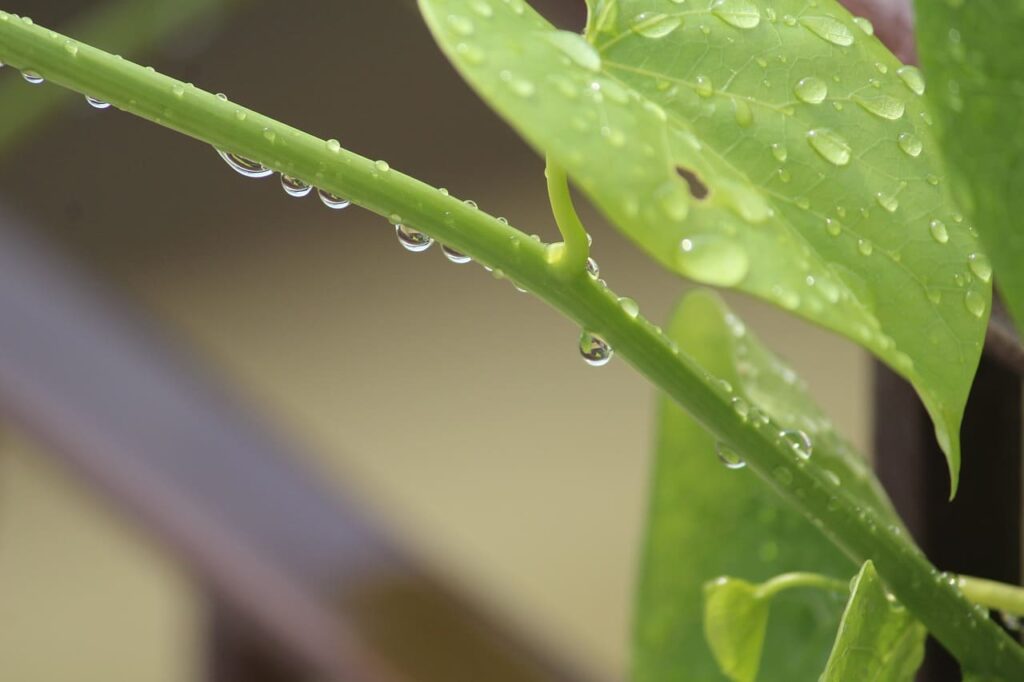
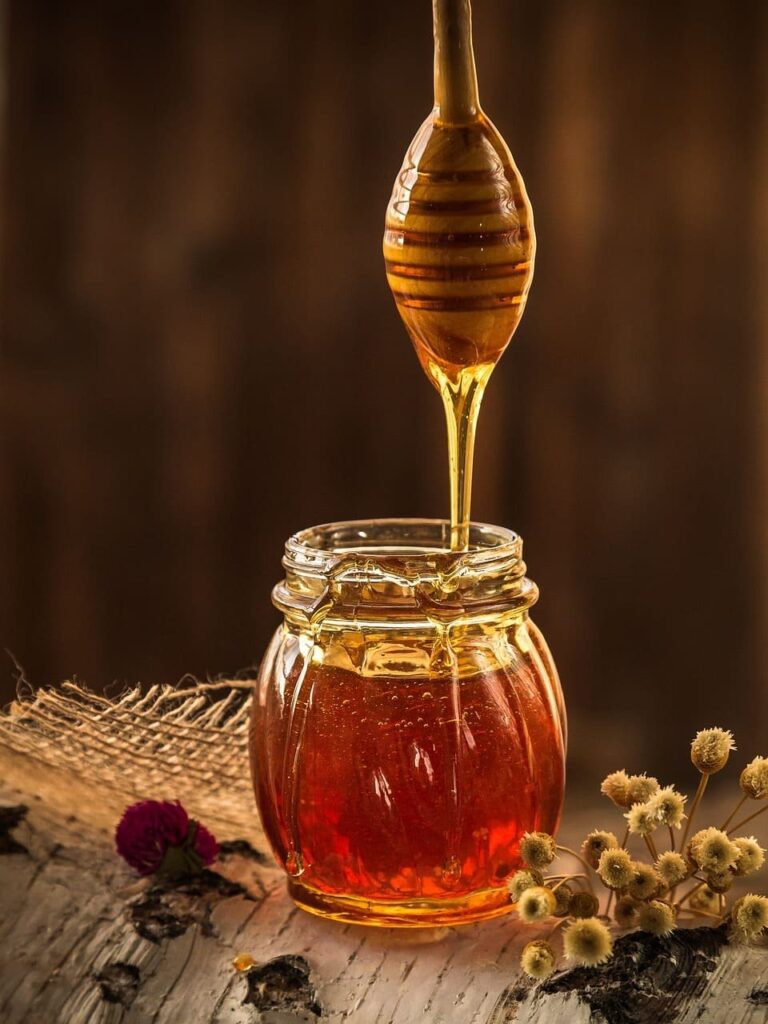
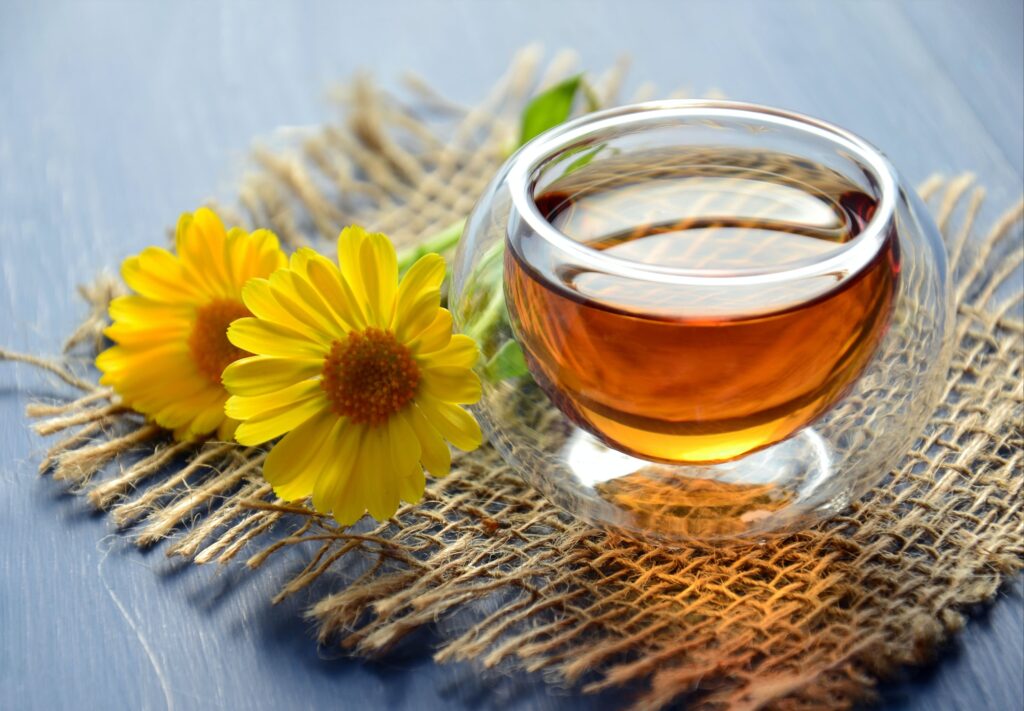
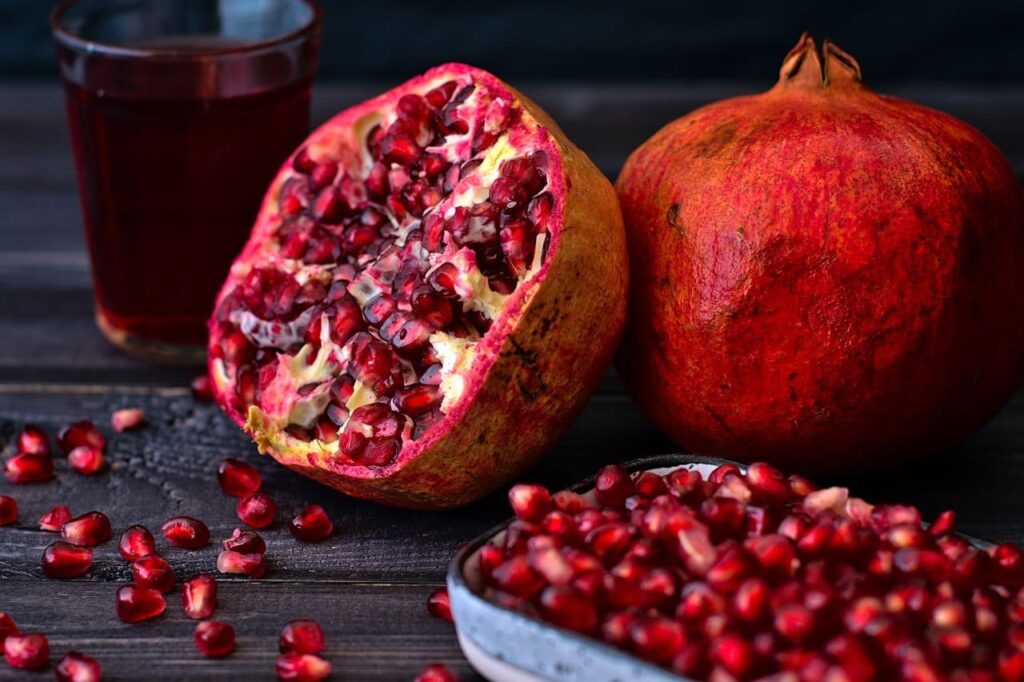


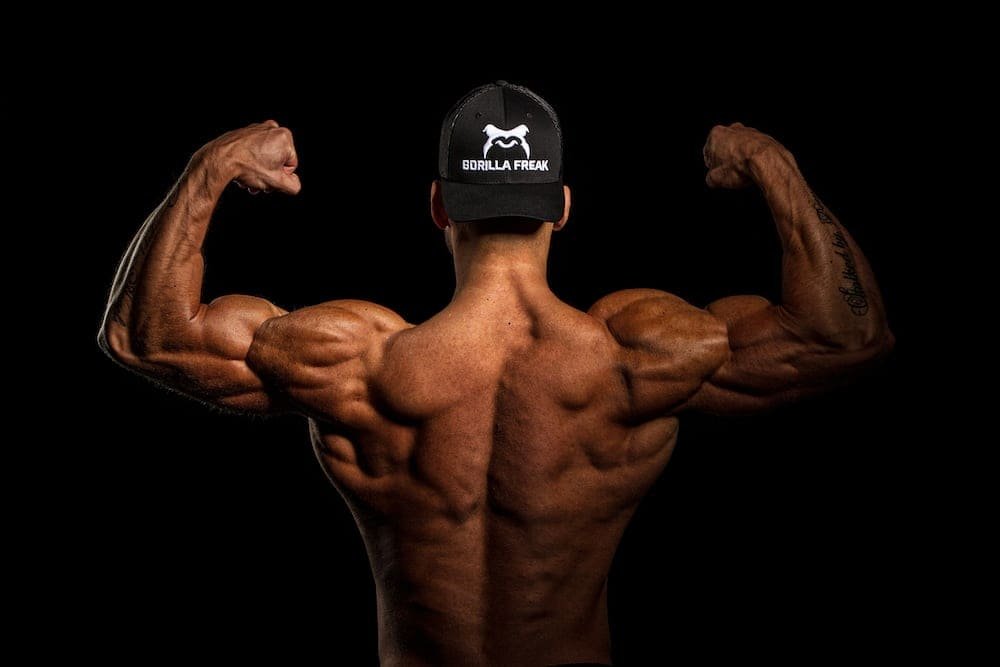

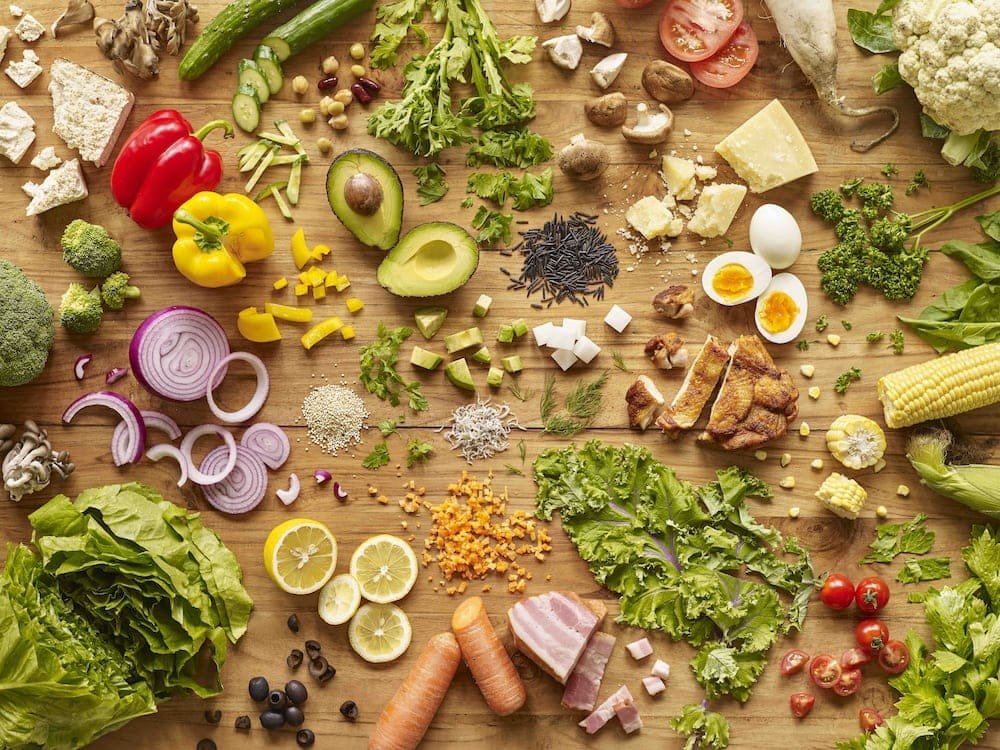
Very informative
I wish I got this information 1 year back🙂
Thanks
Really needed this blog
Thank u😊
Hope it helps you!